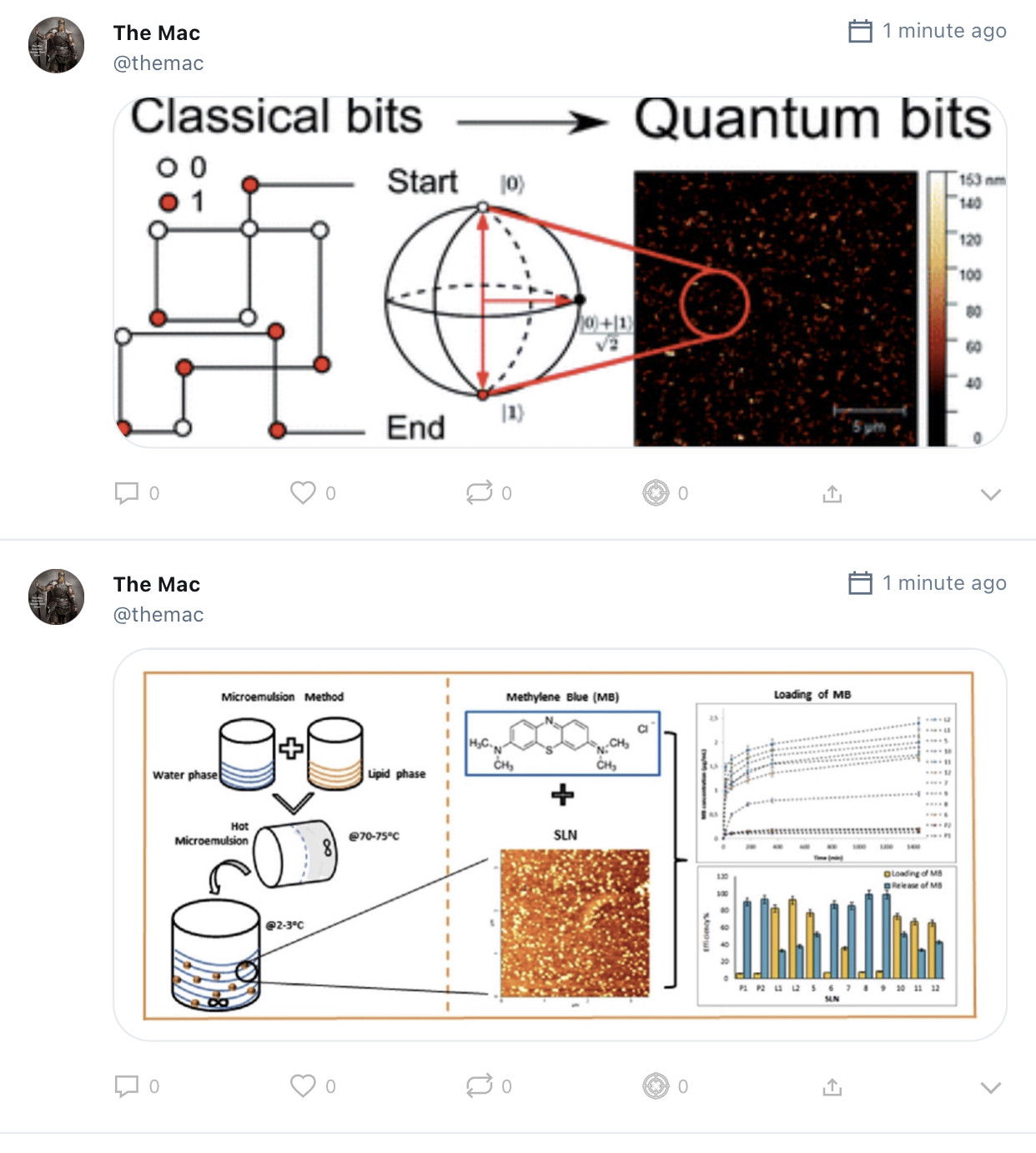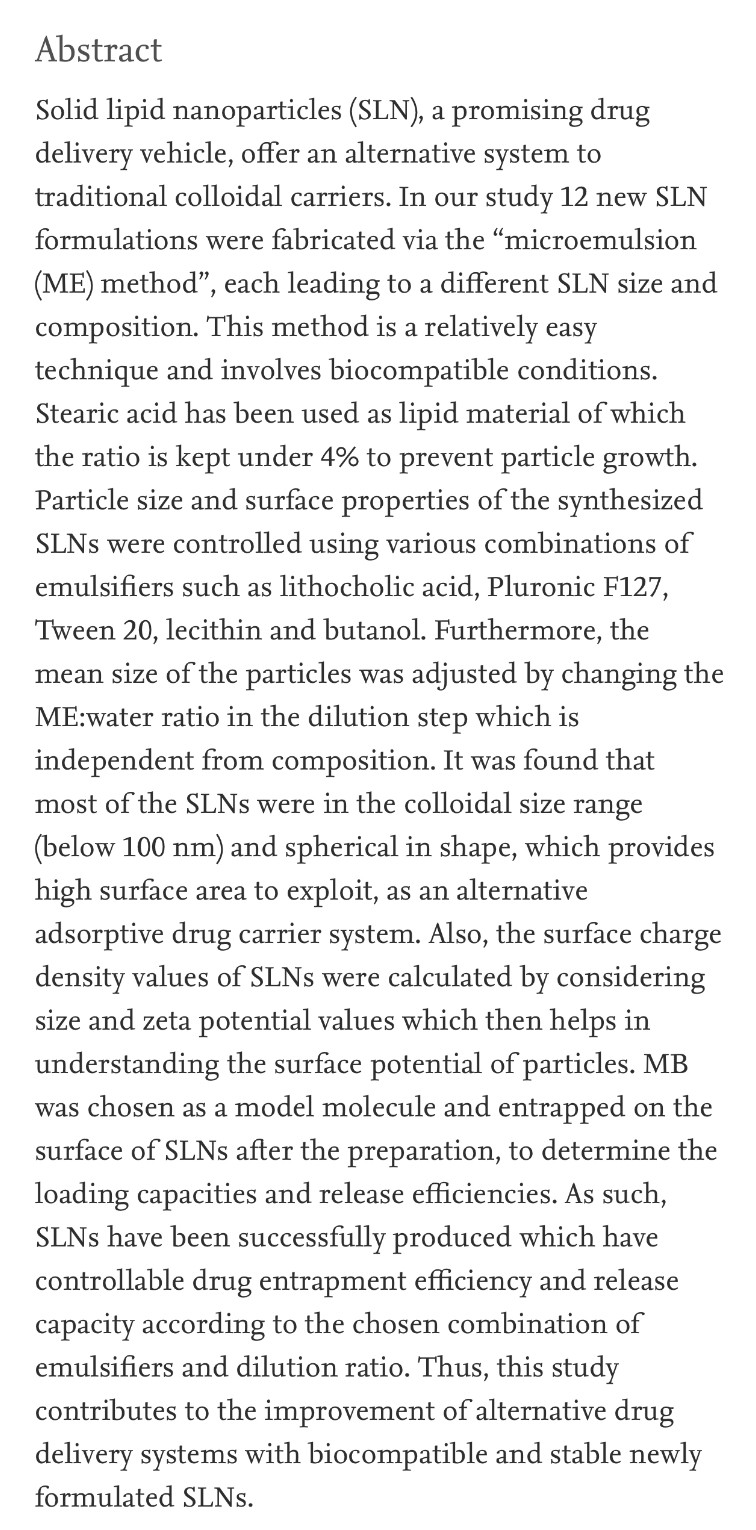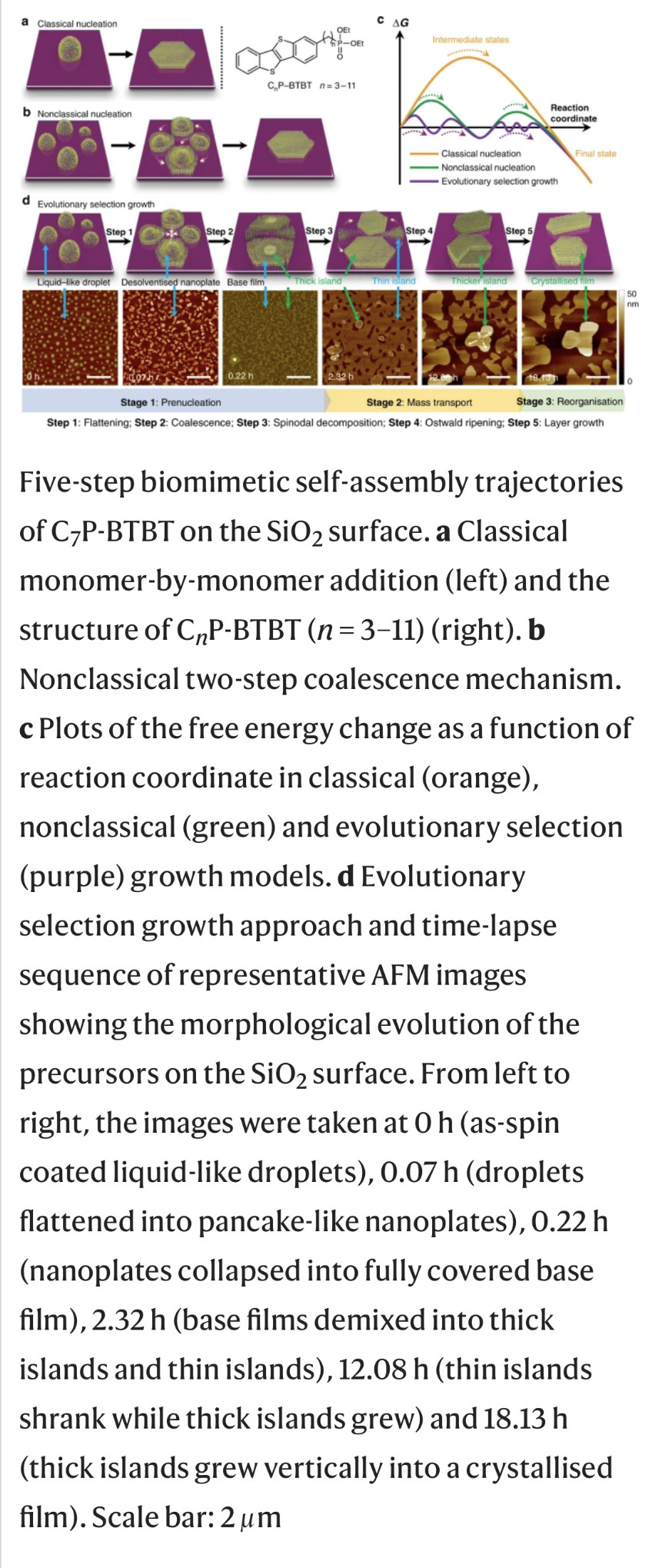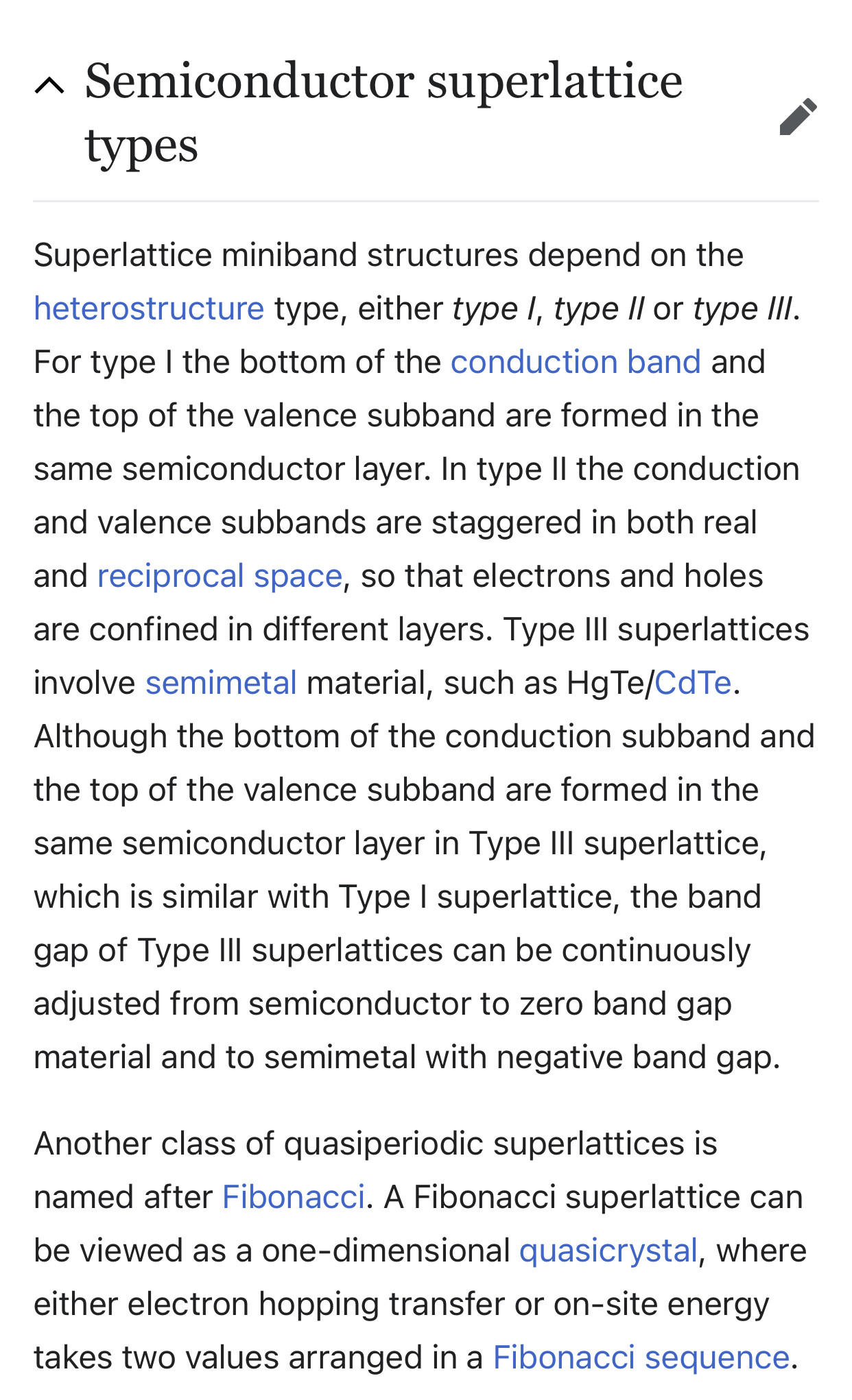The Mac
@TheMac
25 August, 08:41
Notice: Undefined index: tg1tga_access in /home/admin/www/anonup.com/themes/default/apps/timeline/post.phtml on line 396
The Mac
@TheMac
25 August, 08:43
In response The Mac to his Publication
Notice: Undefined index: tg1tga_access in /home/admin/www/anonup.com/themes/default/apps/timeline/post.phtml on line 396
The Mac
@TheMac
25 August, 08:45
In response The Mac to his Publication
Notice: Undefined index: tg1tga_access in /home/admin/www/anonup.com/themes/default/apps/timeline/post.phtml on line 396
The Mac
@TheMac
25 August, 08:47
In response The Mac to his Publication
Notice: Undefined index: tg1tga_access in /home/admin/www/anonup.com/themes/default/apps/timeline/post.phtml on line 396
The Mac
@TheMac
25 August, 08:50
In response The Mac to his Publication
Epitaxy refers to a type of crystal growth or material deposition in which new crystalline layers are formed with one or more well-defined orientations with respect to the crystalline seed layer. The deposited crystalline film is called an epitaxial film or epitaxial layer. The relative orientation(s) of the epitaxial layer to the seed layer is defined in terms of the orientation of the crystal lattice of each material. For most epitaxial growths, the new layer is usually crystalline and each crystallographic domain of the overlayer must have a well-defined orientation relative to the substrate crystal structure. Epitaxy can involve single-crystal structures, although grain-to-grain epitaxy has been observed in granular films.
Notice: Undefined index: tg1tga_access in /home/admin/www/anonup.com/themes/default/apps/timeline/post.phtml on line 396
The Mac
@TheMac
25 August, 08:51
In response The Mac to his Publication
For most technological applications, single domain epitaxy, which is the growth of an overlayer crystal with one well-defined orientation with respect to the substrate crystal, is preferred. Epitaxy can also play an important role while growing superlattice structures.
Notice: Undefined index: tg1tga_access in /home/admin/www/anonup.com/themes/default/apps/timeline/post.phtml on line 396
The Mac
@TheMac
25 August, 08:52
In response The Mac to his Publication
A superlattice is a periodic structure of layers of two (or more) materials. Typically, the thickness of one layer is several nanometers. It can also refer to a lower-dimensional structure such as an array of quantum dots or quantum wires.
Notice: Undefined index: tg1tga_access in /home/admin/www/anonup.com/themes/default/apps/timeline/post.phtml on line 396
The Mac
@TheMac
25 August, 08:53
In response The Mac to his Publication
If the superlattice is made of two semiconductor materials with different band gaps, each quantum well sets up new selection rules that affect the conditions for charges to flow through the structure. The two different semiconductor materials are deposited alternately on each other to form a periodic structure in the growth direction. Since the 1970 proposal of synthetic superlattices by Esaki and Tsu,[11] advances in the physics of such ultra-fine semiconductors, presently called quantum structures, have been made. The concept of quantum confinement has led to the observation of quantum size effects in isolated quantum well heterostructures and is closely related to superlattices through the tunneling phenomena. Therefore, these two ideas are often discussed on the same physical basis, but each has different physics useful for applications in electric and optical devices.
Notice: Undefined index: tg1tga_access in /home/admin/www/anonup.com/themes/default/apps/timeline/post.phtml on line 396
The Mac
@TheMac
25 August, 08:54
In response The Mac to his Publication
Notice: Undefined index: tg1tga_access in /home/admin/www/anonup.com/themes/default/apps/timeline/post.phtml on line 396
The Mac
@TheMac
25 August, 08:56
In response The Mac to his Publication
Electrons can be made to move from one atom to another. When those electrons move between the atoms, a current of electricity is created. The electrons move from one atom to another in a path. One electron is ATTACHED and another electron is LOST.
Notice: Undefined index: tg1tga_access in /home/admin/www/anonup.com/themes/default/apps/timeline/post.phtml on line 396
The Mac
@TheMac
25 August, 09:40
In response The Mac to his Publication
The loss of electrons is called oxidation.
Notice: Undefined index: tg1tga_access in /home/admin/www/anonup.com/themes/default/apps/timeline/post.phtml on line 396
The Mac
@TheMac
25 August, 09:41
In response The Mac to his Publication
Free radicals are oxygen-containing molecules with an uneven number of electrons. The uneven number allows them to easily react with other molecules. Free radicals can cause large chain chemical reactions in your body because they react so easily with other molecules. These reactions are called oxidation
Notice: Undefined index: tg1tga_access in /home/admin/www/anonup.com/themes/default/apps/timeline/post.phtml on line 396
26 August, 11:12
In response The Mac to his Publication
I'm ready to make a fool of myself in order to figure out viral shedding with the vaccine.
I had an encounter with a sibling, after she had just received the 3rd shot.😓 For the next 24 hours, I had almost nonstop palpitations. Now, I am not an anxious person whatsoever. We only came within 3 - 4 feet of each other. I did all of the basic protocols for viruses afterward.
Some people, especially those who have had NDEs, tend to have intense electromagnetic fields. We burn out electronics. If my energy is too strong, I can stop batteries, street lights, etc. from working. Then, when I move my energy away, they come back on. I'm what's called a SLIder. I have since learned to control this energy.
https://consciouslifenews....
Could that personal "charge" of electrons cause a greater shift of viral shedding from one person to another? I have + energy. My sibling has -.
Critique away.
I had an encounter with a sibling, after she had just received the 3rd shot.😓 For the next 24 hours, I had almost nonstop palpitations. Now, I am not an anxious person whatsoever. We only came within 3 - 4 feet of each other. I did all of the basic protocols for viruses afterward.
Some people, especially those who have had NDEs, tend to have intense electromagnetic fields. We burn out electronics. If my energy is too strong, I can stop batteries, street lights, etc. from working. Then, when I move my energy away, they come back on. I'm what's called a SLIder. I have since learned to control this energy.
https://consciouslifenews....
Could that personal "charge" of electrons cause a greater shift of viral shedding from one person to another? I have + energy. My sibling has -.
Critique away.
Notice: Undefined index: tg1tga_access in /home/admin/www/anonup.com/themes/default/apps/timeline/post.phtml on line 396
The Mac
@TheMac
27 August, 05:11
In response Photon 333 to her Publication
Males a lot of sense if we are talking about superparamanetic nanoparticles.
Notice: Undefined index: tg1tga_access in /home/admin/www/anonup.com/themes/default/apps/timeline/post.phtml on line 396
The Mac
@TheMac
27 August, 05:13
In response The Mac to his Publication
magnetic fields sweep invisibly through the entire body, all the time.
Notice: Undefined index: tg1tga_access in /home/admin/www/anonup.com/themes/default/apps/timeline/post.phtml on line 396
In France, around 1780, many Parisians believed in curing their illnesses by magnetism. ... Today, two hundred years later, we know that the human body is indeed magnetic in the sense that the body is a source of magnetic fields, but this body magnetism is very different from that imagined by Mesmer.
05:14 AM - Aug 27, 2021
In response The Mac to his Publication
Only people mentioned by TheMac in this post can reply
The Mac
@TheMac
27 August, 05:30
In response The Mac to his Publication
In vivo tracking of gene therapy vectors challenges the investigation and improvement of biodistribution of these agents in the brain, a key feature for their targeting of infiltrative malignant gliomas.
Notice: Undefined index: tg1tga_access in /home/admin/www/anonup.com/themes/default/apps/timeline/post.phtml on line 396
The Mac
@TheMac
27 August, 05:30
In response The Mac to his Publication
The glioma-targeting Ad5/3-cRGD gene therapy vector was covalently bound to super-paramagnetic iron oxide (Fe(3)O(4)) nanoparticles (SPION) to monitor its distribution by MRI. Transduction of labeled and unlabeled vectors was assessed on the U87 glioma cell line and normal human astrocytes (NHA), and was higher in U87 compared to NHA, but was similar between labeled and unlabeled virus. An in vivo study was performed by intracranial subcortical injection of labeled-Ad5/3-cRGD particles into a pig brain. The labeled vector appeared in vivo as a T2-weighted hyperintensity and a T2-gradient echo signal at the injection site, persisting up to 72 hours post-injection. We describe a glioma-targeting vector that is labeled with SPION, thereby allowing for MRI detection with no change in transduction capability
Notice: Undefined index: tg1tga_access in /home/admin/www/anonup.com/themes/default/apps/timeline/post.phtml on line 396





